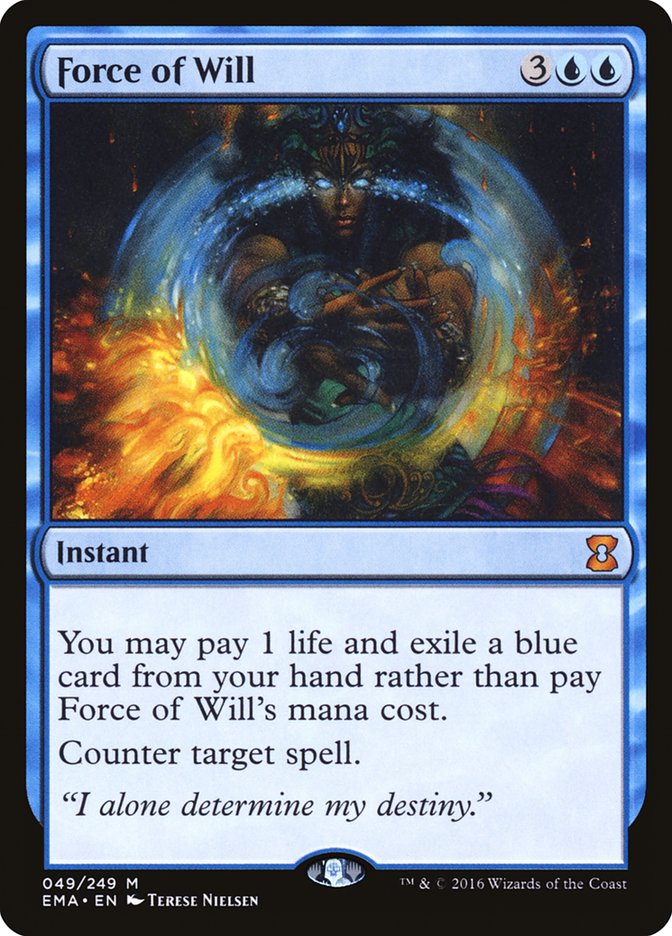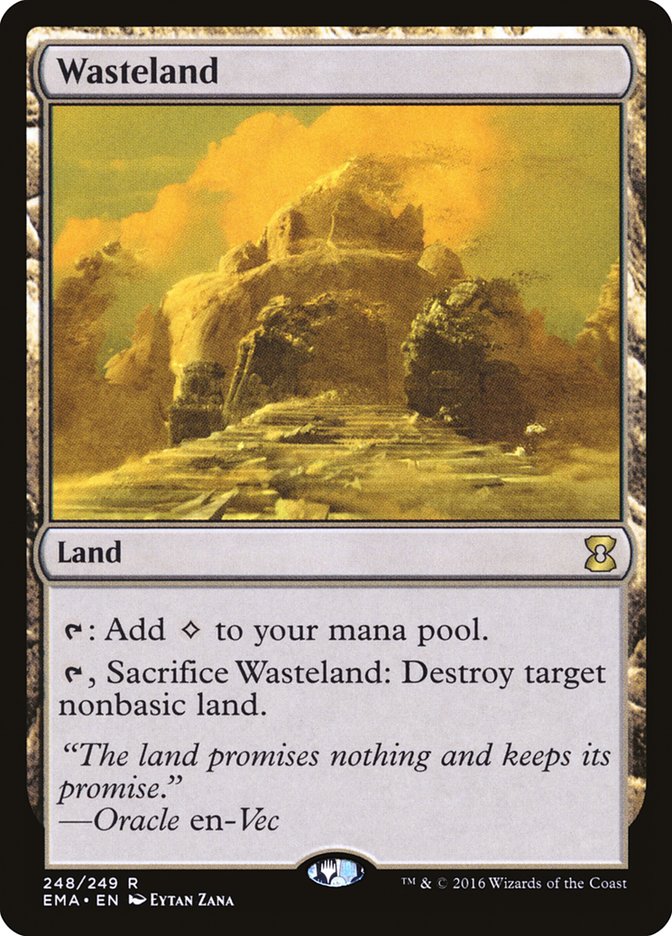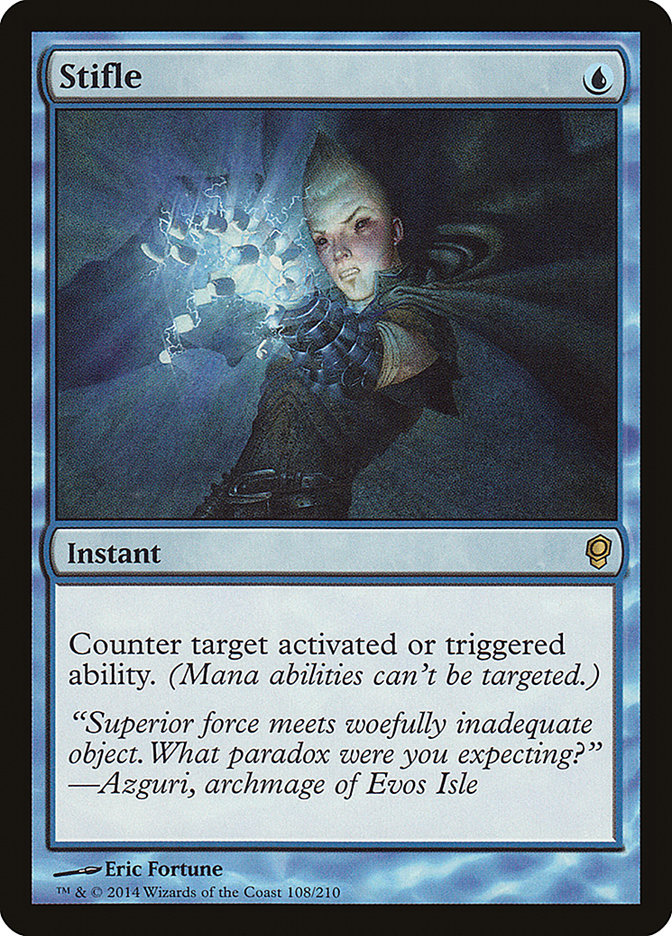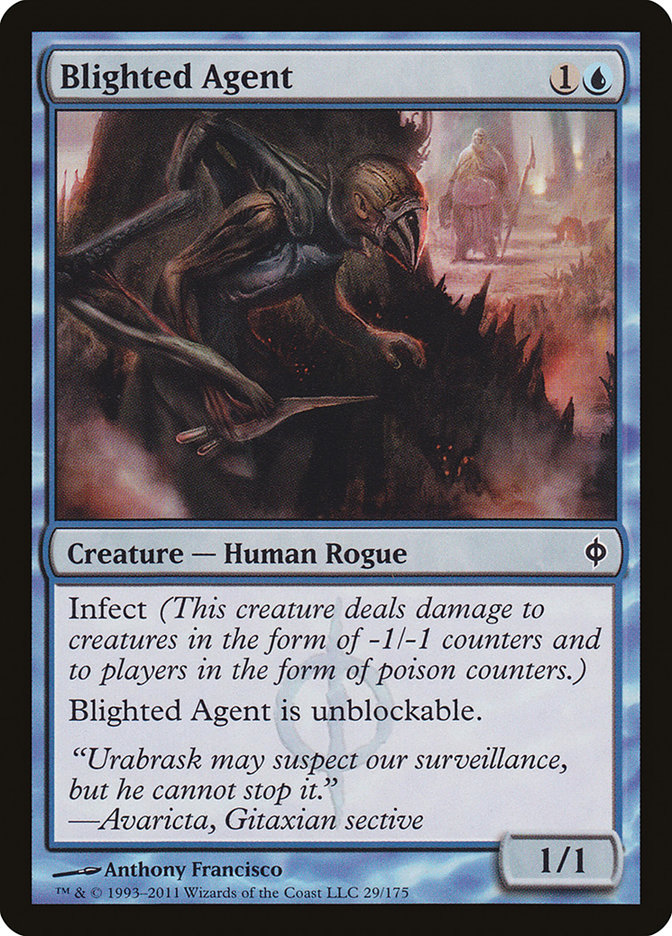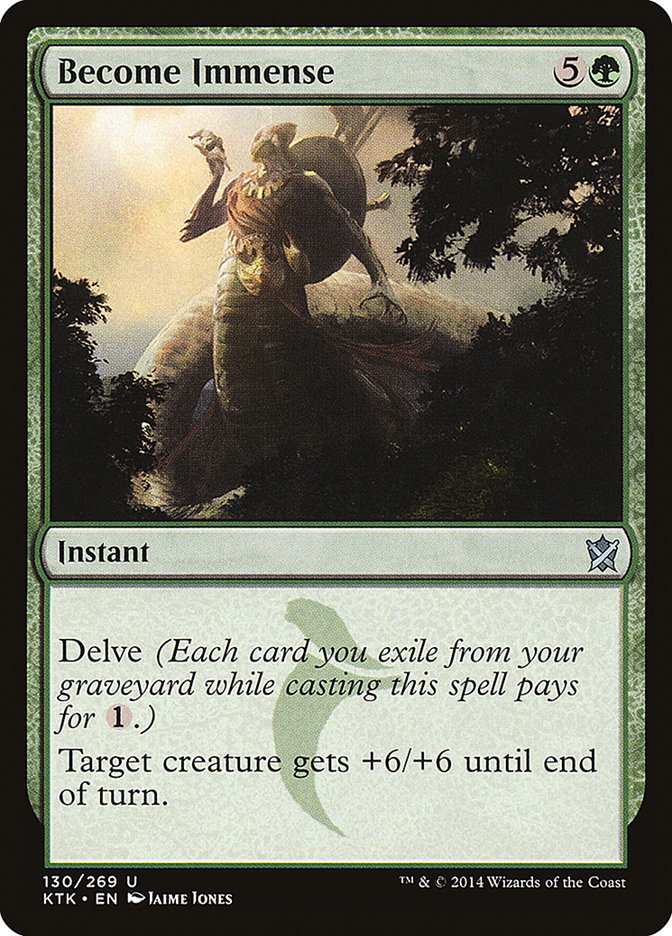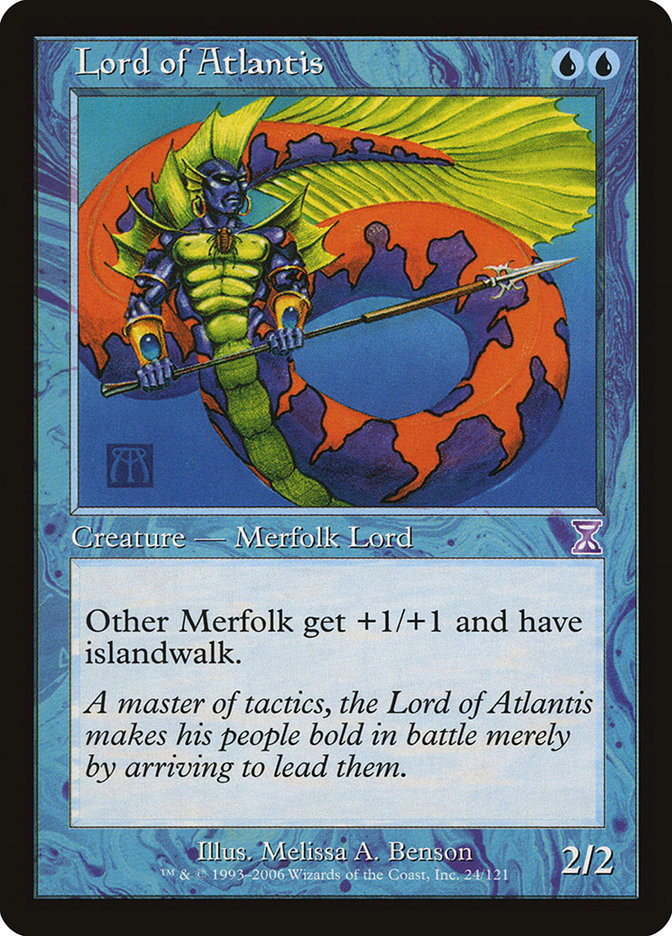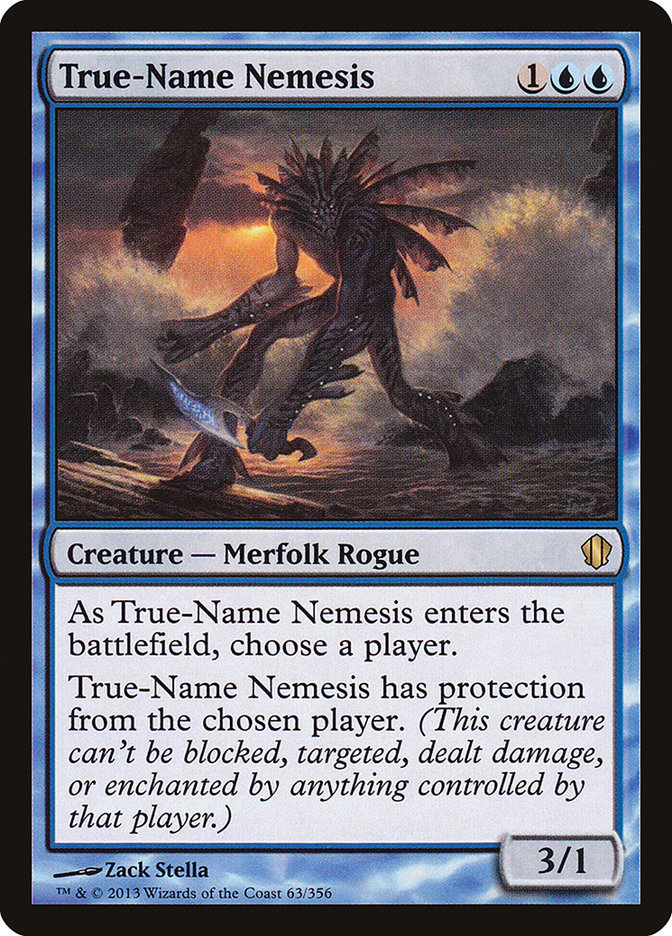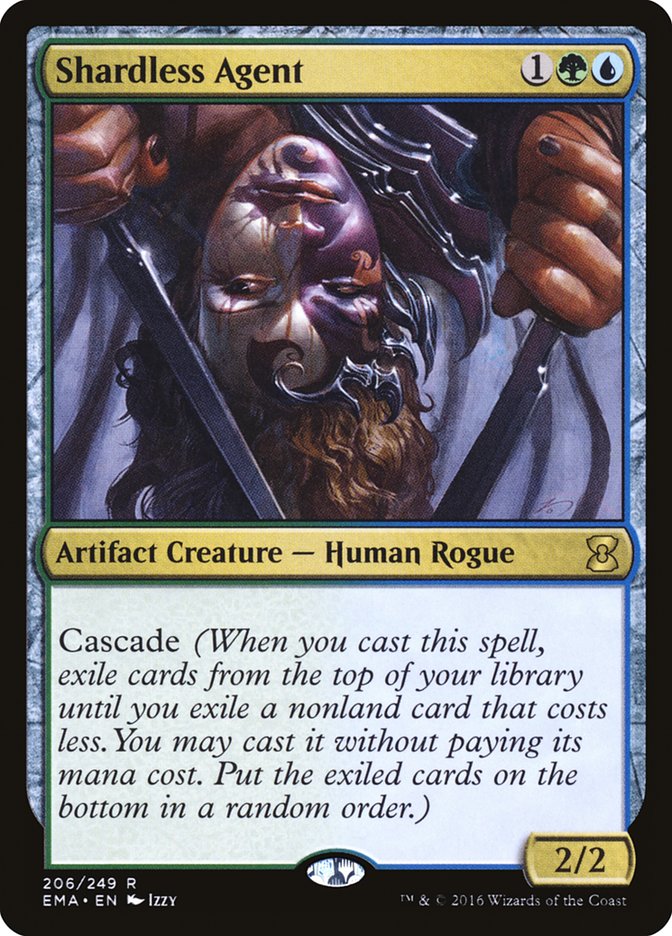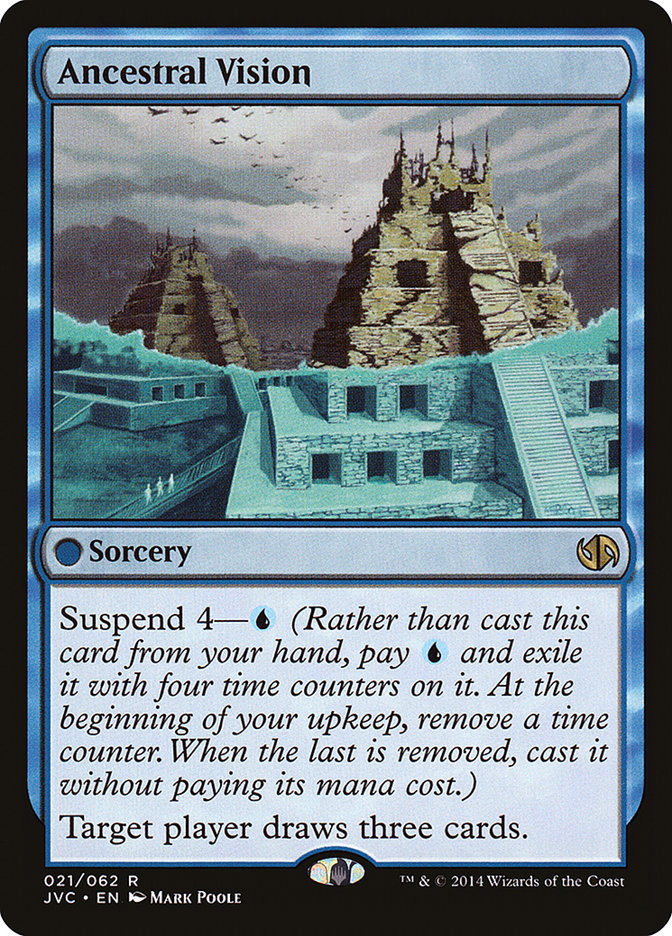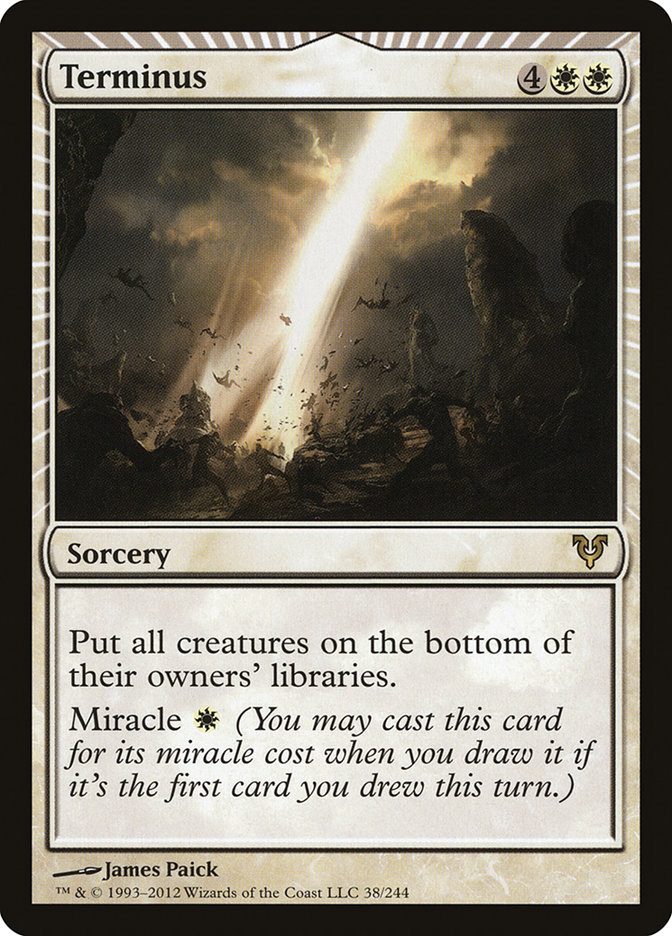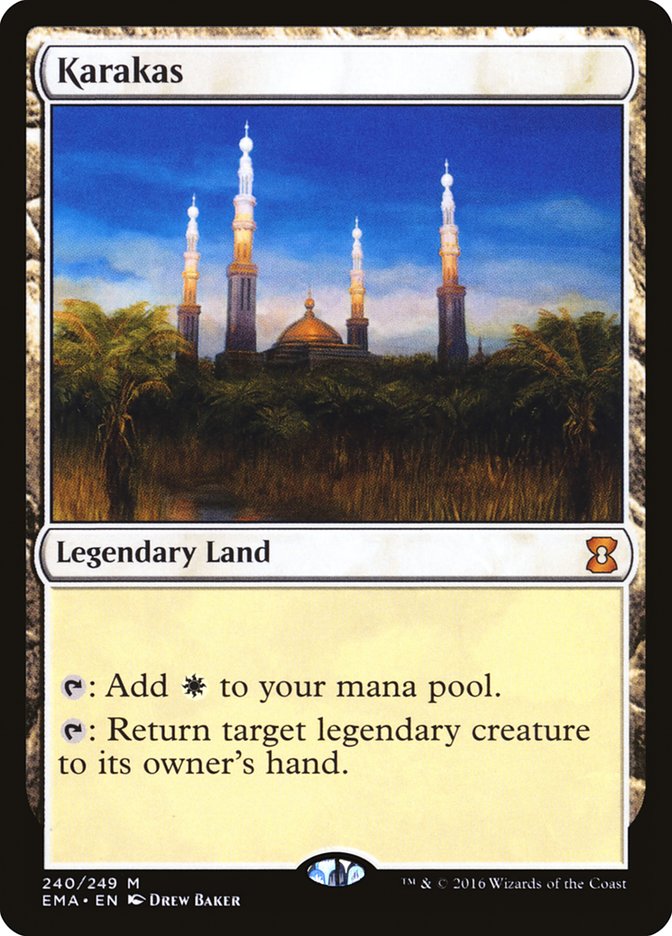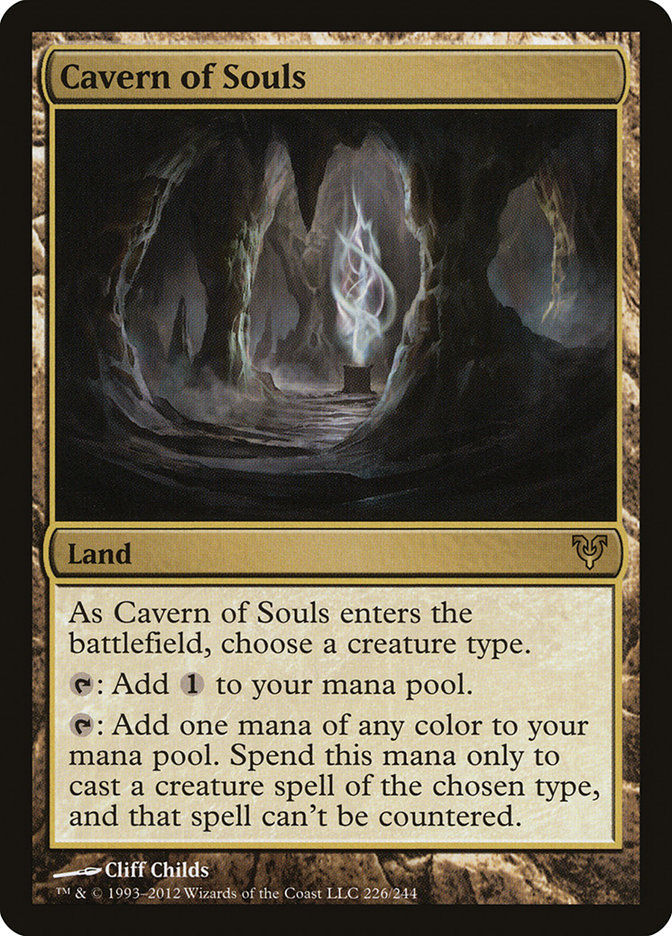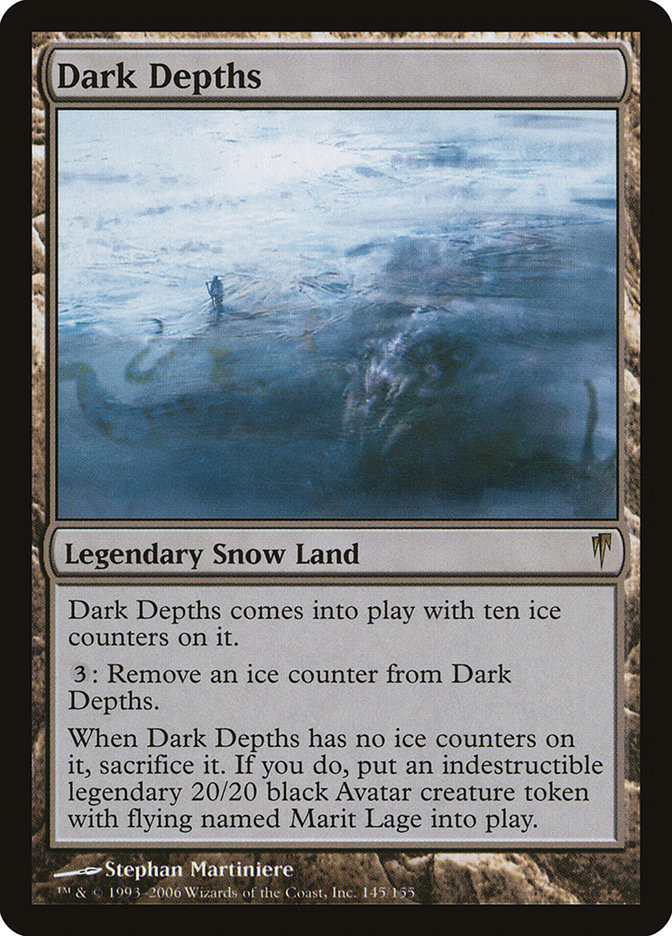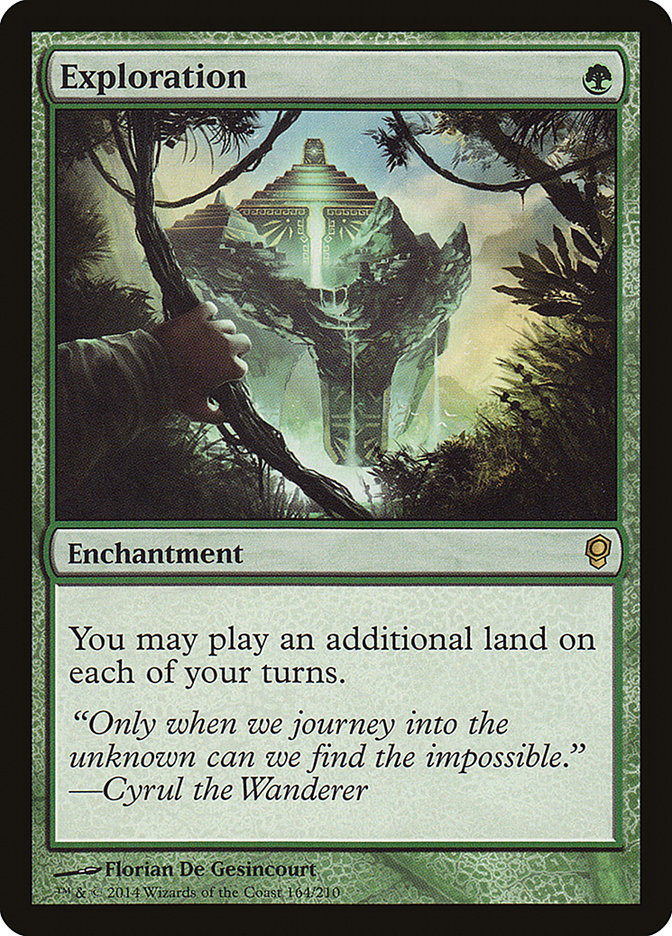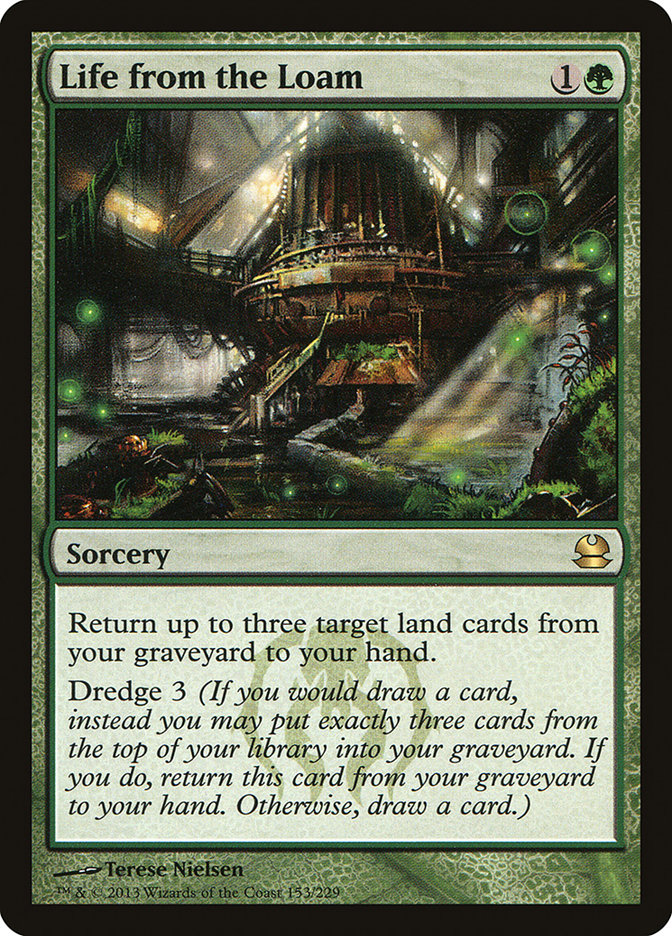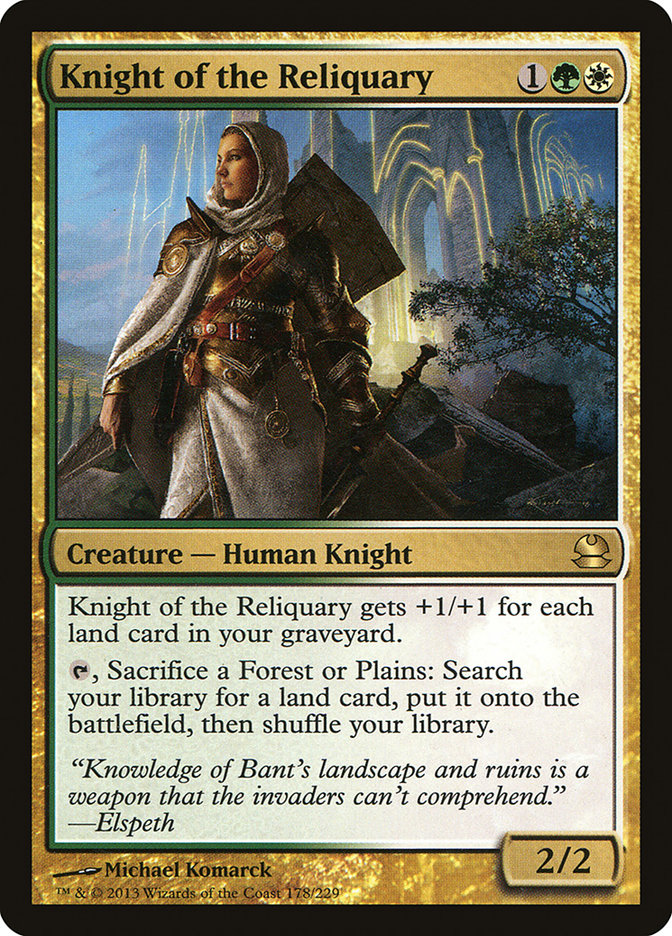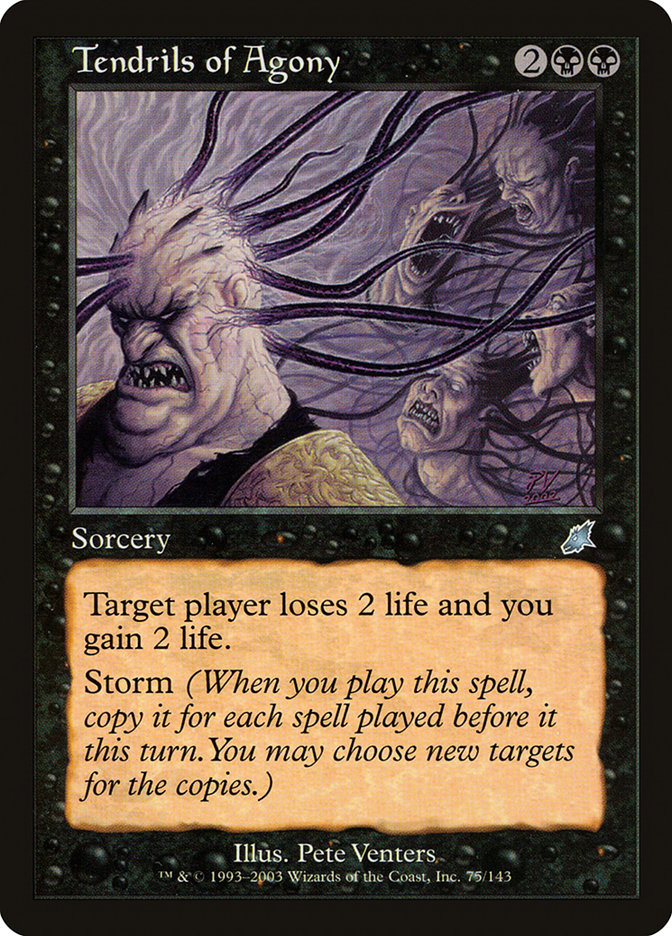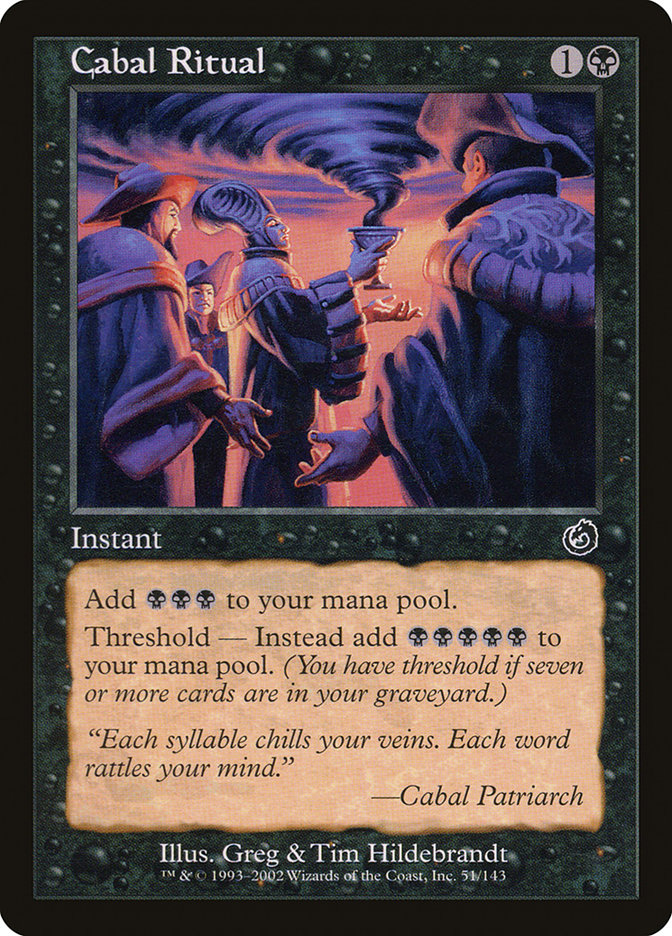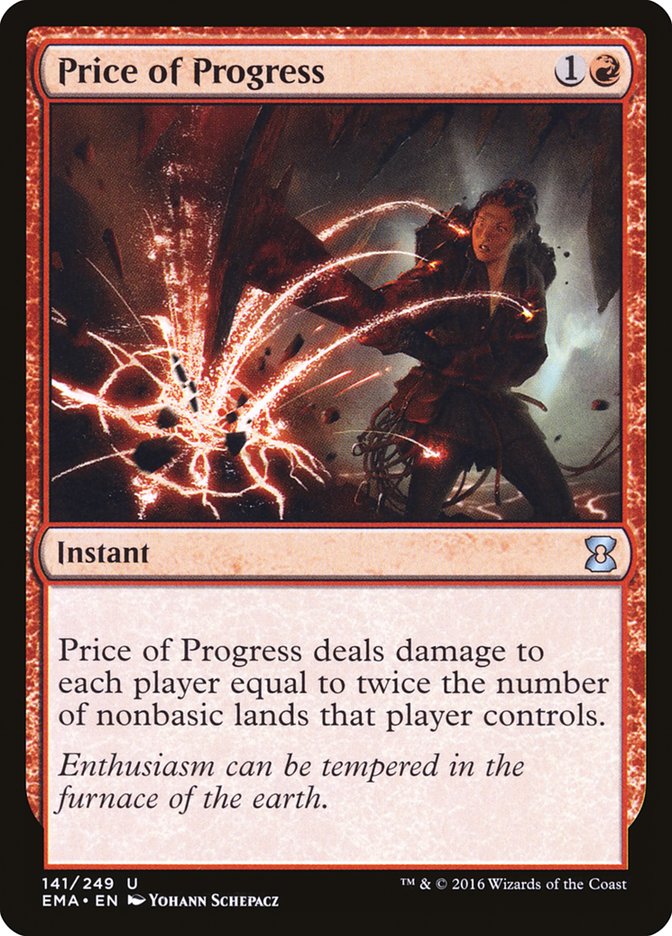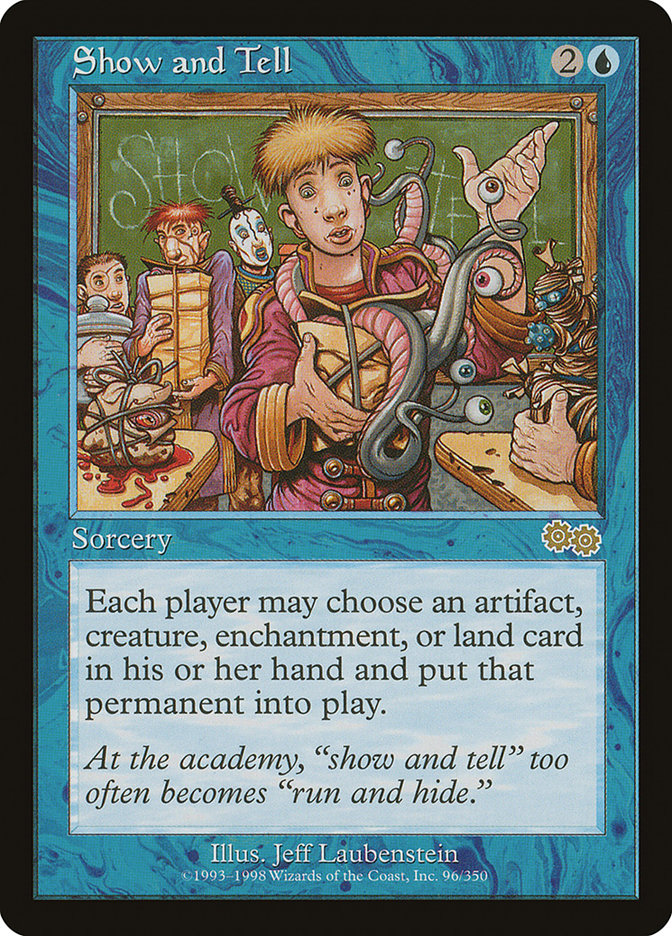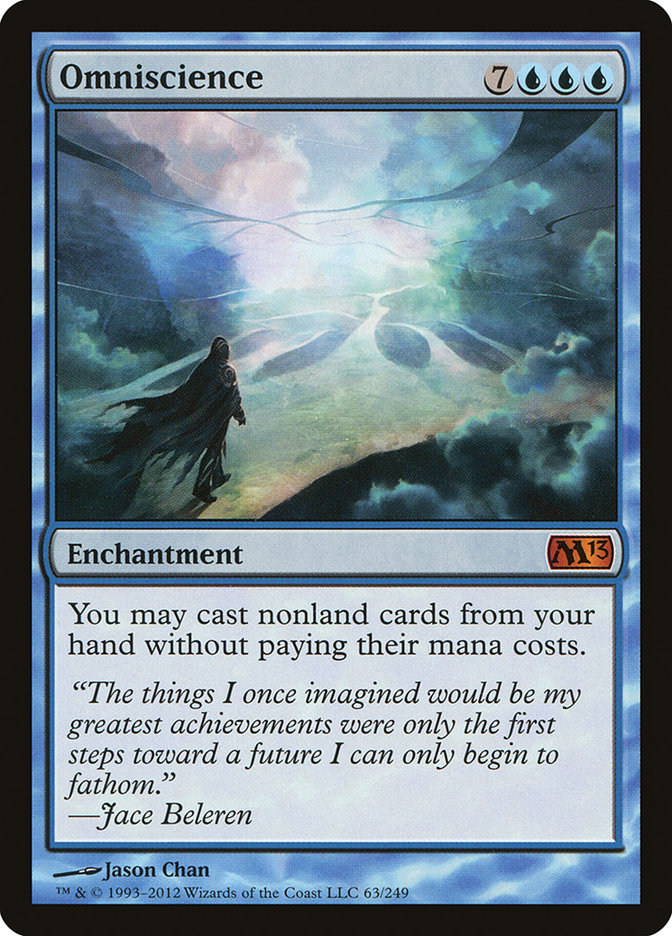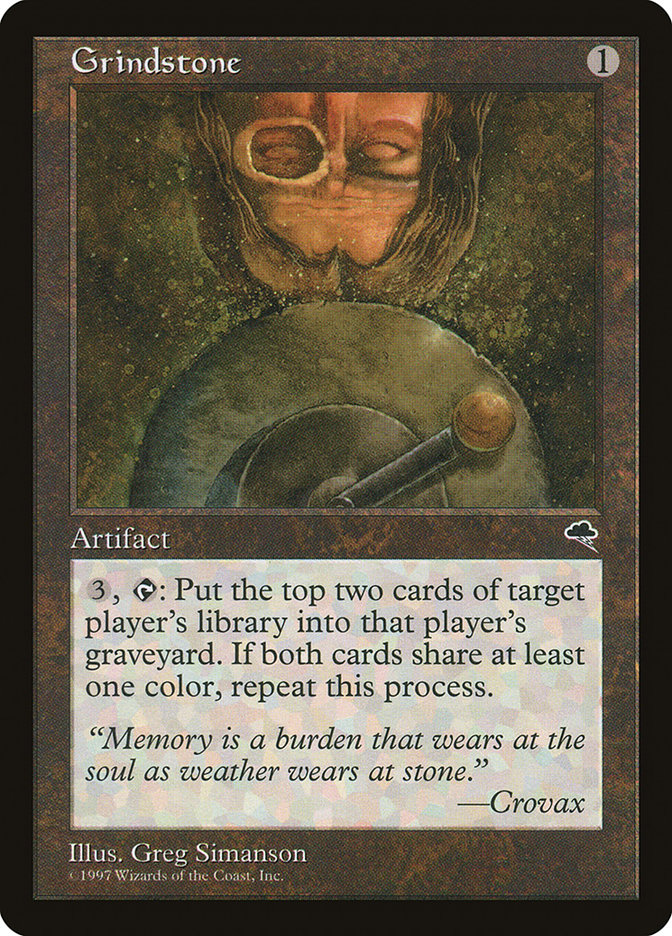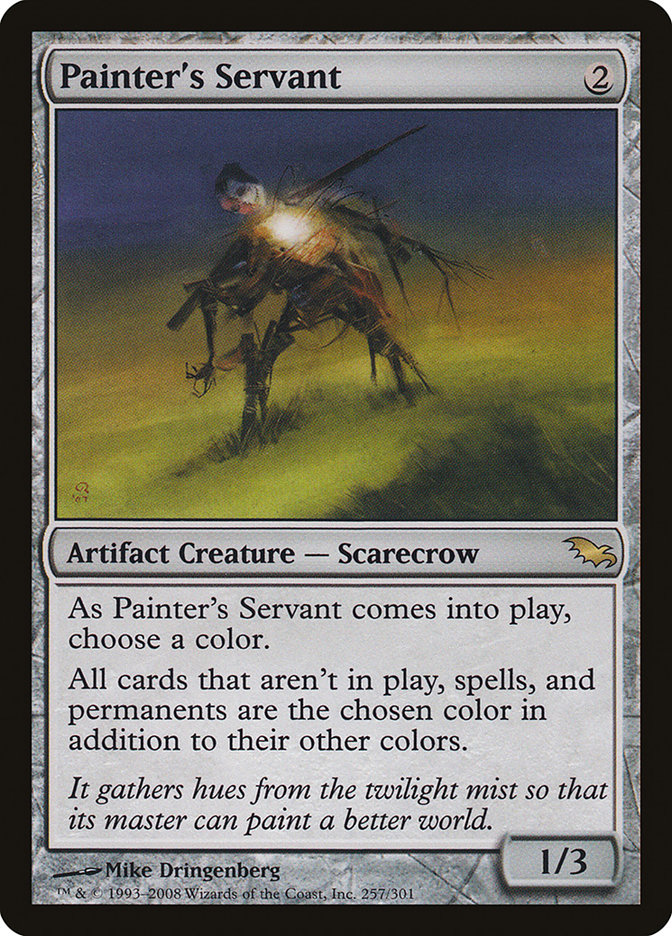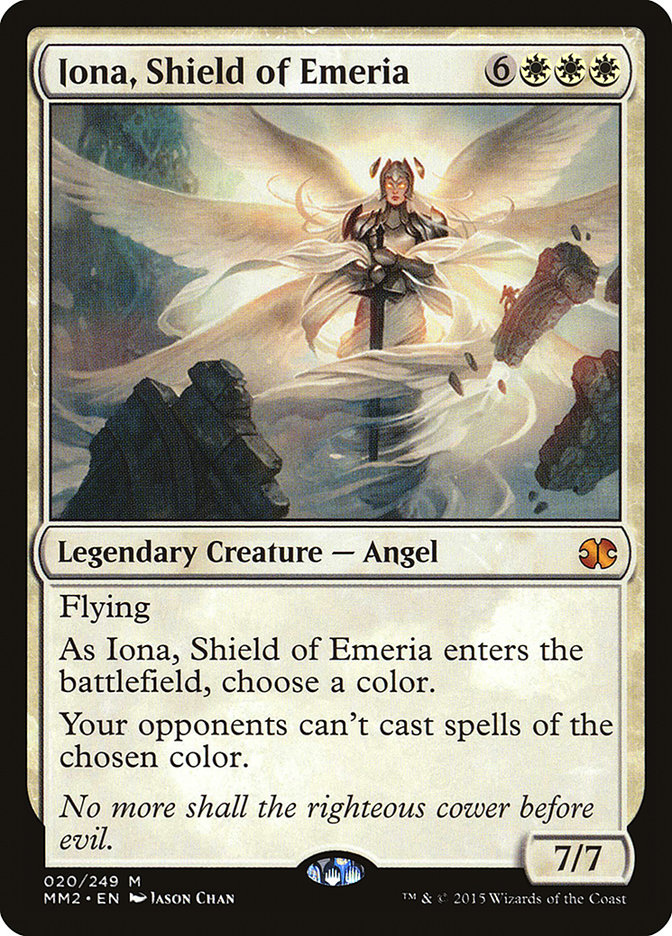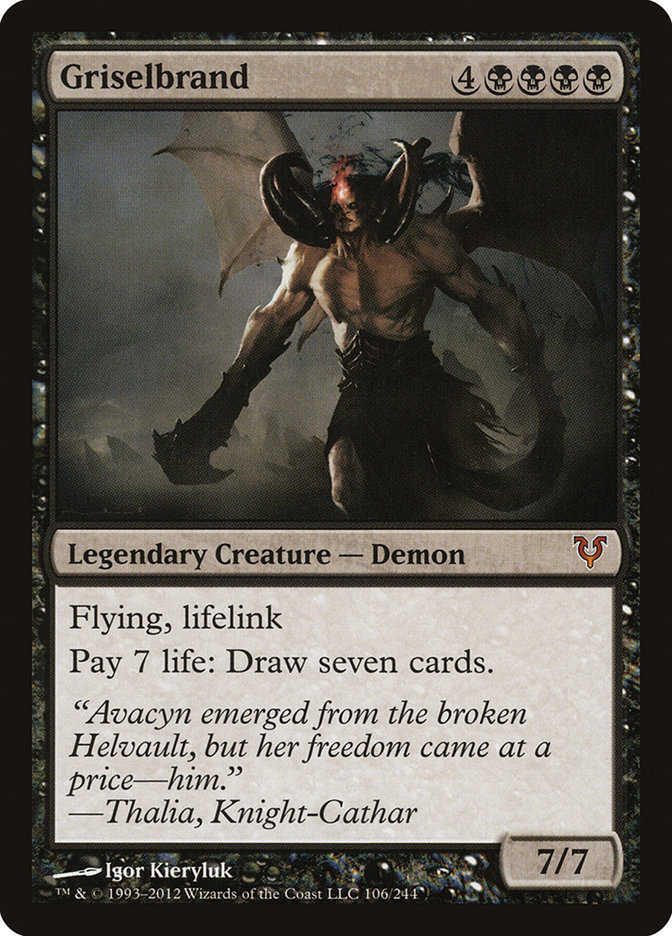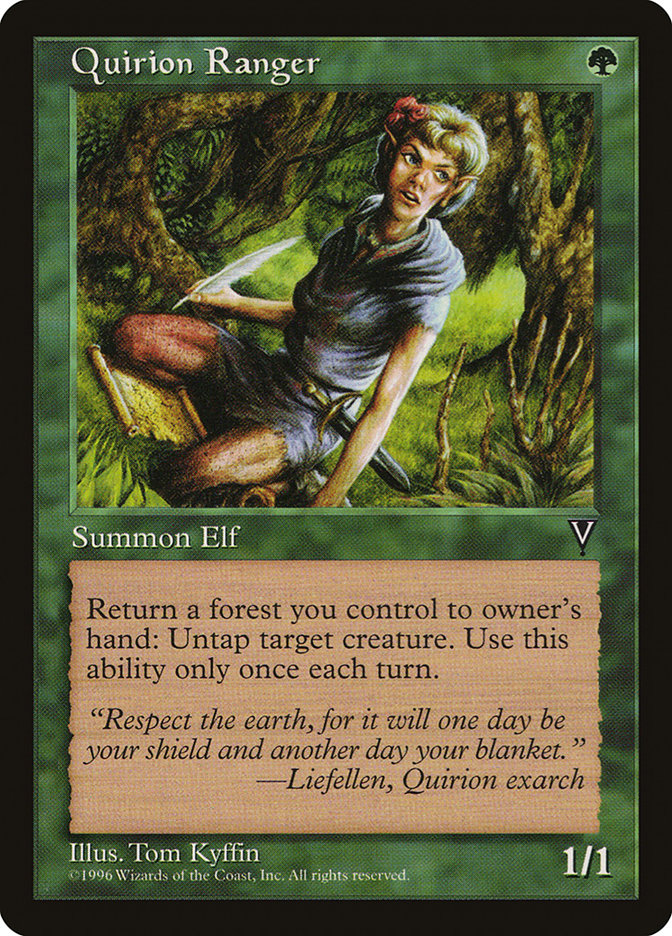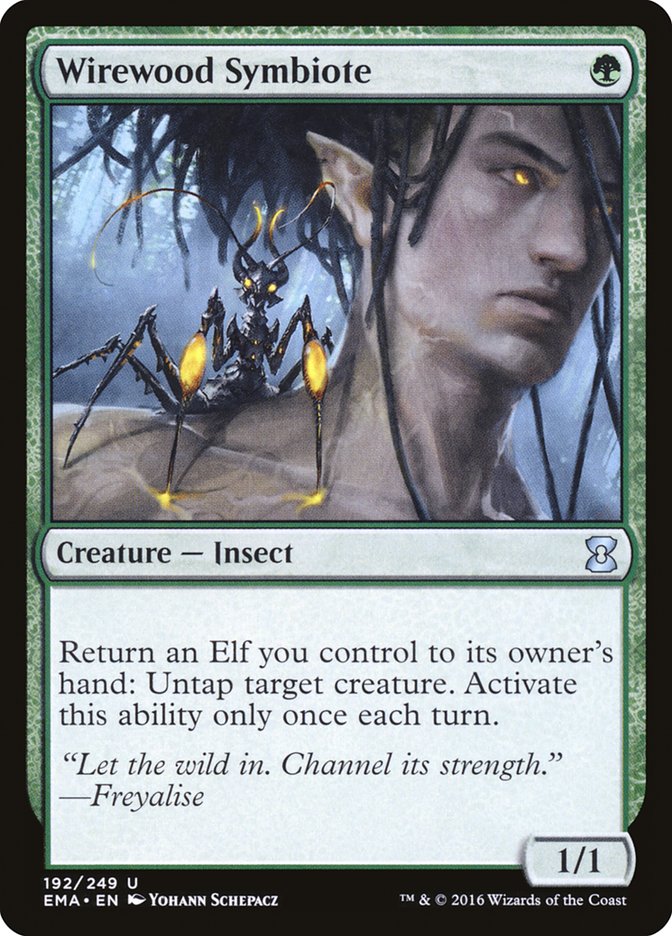 available for preorder), we’ll likely see a surge in players getting interested in Legacy.
available for preorder), we’ll likely see a surge in players getting interested in Legacy.
So far, #MTGEMA looks insane.
If you’re looking to get into Legacy, the first thing you should do is ask yourself whether you’d prefer to slowly accumulate Legacy cards in order to have a vast collection and wide variety of archetypes to choose from, or whether you’d like to pick one deck and stick with it.
When proceeding with the former option, you may want to consider a wide variety of decks and which ones have the most overlap. Then you should be able to shift archetypes relatively early. For example, picking up a set of blue dual lands, Wastelands, and Force of Wills will allow you to shift between blue decks rather easily.
With the latter option, you need to take a good, hard look at the Legacy metagame (and yourself) and make a big decision about which deck you want to play. Thankfully, with new cards, new technology, and some bannings, every sort of strategy is at least viable in Legacy. Find a deck you’ll want to play, and ideally, something that you will play well.
These are some of the best decks in Legacy. You should definitely start with one of these.
Blue Aggro / Tempo
Creatures (14)
Lands (18)
Spells (28)

It’s not uncommon for Delver to be considered among one of the best decks in Legacy, if not the best deck. With Noah Walker’s continued dominance with the archetype, it’s difficult to say otherwise. The combination of cantrips to help find what you need, cheap disruption, and cheap clocks is a winning formula.
If you want to play Legacy, you’re going to want to familiarize yourself with the card Brainstorm, as it is likely the most important card in the format, and the way that Legacy differentiates itself from something like Modern. In short, Brainstorm is best utilized not as a simple cantrip but as a card that fixes your hand leading into the mid-game. Ideally you will shuffle away lands or other unwanted cards while reloading on relevant cards.
While old Delver variants used to lean on Stifle and Wasteland, the Grixis version wants nothing to do with it. Wasteland still pressures the opponent’s manabase, which keeps cards like Daze live for longer, but this version of Delver isn’t a land destruction deck. With Gitaxian Probe (which the deck would likely play anyway because of Young Pyromancer), you can slot in Cabal Therapy to disrupt combo and control decks in a different way. Hand disruption plus counterspells is probably the most effective way to beat combo decks in Legacy, so I like that shift, even if it makes the deck less synergetic as a whole.
Similarly to Temur Delver, this deck splits its threats really well. Most things still die to Lightning Bolt, but Deathrite Shaman and Delver of Secrets provide reach (and Young Pyromancer can do the same with an army of tokens). Meanwhile, Gurmag Angler is the fat of the deck. Each threat does its own thing, and they are the best they are at what they do.
Creatures (12)
Lands (19)
Spells (29)

Infect is part Storm, part Delver, but wholly misunderstood. In reality, most games are won off chip damage while the opponent is playing scared and holding open instead of developing their own gameplan. At some point, you may build up a big enough to attack for lethal poison through disruption. To that end, Infect is one of the trickiest decks in Legacy to play with and against.
Tom Ross’s decks in particular tend to have a lot of spice and it might be tempting to shave that stuff and streamline the deck, but I would advise against it, at least to start. Each of those cards is there for a reason, and if you want to get into Legacy full-time, it would be wise to play enough games to understand why each of those cards is there and then metagame accordingly.
Previously, I might have said that you should only play Infect if you’re Tom Ross or if you’re one of the few fortunate enough to study under Tom Ross, but I no longer believe that to be the case. You are going to lose some percentage points by not being as good at Infect as Tom, but if you practice hard, you’ll be winning with the deck in no time.
Creatures (22)
- 4 Lord of Atlantis
- 4 Silvergill Adept
- 4 Cursecatcher
- 2 Phantasmal Image
- 4 Master of the Pearl Trident
- 4 True-Name Nemesis
Lands (8)
Spells (30)

The goal is to swarm your opponent with fishies while countering anything of important. Since the majority of decks in Legacy play Islands, there’s very little necessity for the Spreading Seas you often see in Modern. Additionally, Merfolk is generally better at building bigger battlefield positions against green decks, so there’s little necessity for islandwalk.
I don’t recommend playing Merfolk in Legacy, but several people enjoy the archetype and have had much success with it. Granted, I haven’t played Merfolk ever since True-Name Nemesis was printed and Chalice of the Void made its way into the deck, and both of those are huge upgrades.
Blue Midrange / Control
Creatures (15)
Planeswalkers (3)
Lands (21)
Spells (21)

I’ve written several articles on this subject and will likely write a few more. Ignore the blue tint to this deck, as it’s basically a Jund deck in disguise. Your goal is to deal with their threats, keep them off balance, and eventually win with overwhelming card advantage. Against combo decks, you want to shift your gameplan toward clocking them, as gaining complete control will rarely happen.
The biggest draw to the deck is the ability to cascade into Ancestral Vision, although that is a play I rarely try to set up. When it happens, that’s great, but it’s not necessarily what the deck wants to be doing in every matchup. Doing the “cool” thing is rarely better than trying to figure out what’s correct.
For better or for worse, this is a metagame deck. In Legacy, Shardless Sultai isn’t going to be crushing people based on raw power, and the bad matchups are incredibly bad. You have game against everything, but tuning your deck is very important.
Creatures (5)
Planeswalkers (3)
Lands (14)
Spells (38)

If Delver isn’t considered the best deck at the moment, that’s because Miracles probably is. With Sensei’s Divining Top and Counterbalance, you can lock out a host of popular strategies in Legacy. Setting up Terminus can be tricky, but it’s worth it to keep the battlefield clear. Games are typically long and will end in a concession or a Jace, the Mind Sculptor ultimate.
I guess the downside to being one of the best decks in Legacy is that it’s also one of the most difficult to pilot properly. There’s also the issue of piloting it quickly enough to not rack up a bunch of unintentional draws. If you’re looking for pure control, this is the way to do it.
Non-Blue Aggro
Creatures (26)
- 4 Mother of Runes
- 3 Serra Avenger
- 4 Flickerwisp
- 4 Stoneforge Mystic
- 3 Mirran Crusader
- 4 Phyrexian Revoker
- 4 Thalia, Guardian of Thraben
Lands (23)
Spells (11)

Creatures (27)
- 4 Mother of Runes
- 3 Imperial Recruiter
- 1 Mangara of Corondor
- 3 Magus of the Moon
- 4 Flickerwisp
- 3 Stoneforge Mystic
- 1 Mirran Crusader
- 3 Phyrexian Revoker
- 4 Thalia, Guardian of Thraben
- 1 Pia and Kiran Nalaar
Lands (23)
Spells (10)

For the un-enfranchised, “Death and Taxes” doesn’t mean much. This is basically a white aggro deck, except it focuses on battlefield control and mana denial way more than a typical aggressive deck would. Mono-White used to be the norm until Imperial Recruiter got introduced into the archetype, which gives the deck a toolbox feel.
Despite being a creature deck, this deck is anything but simple. Sequencing is particularly important and matchup-dependent. Knowing your role will help a great deal, as you’ll be able to quickly figure out the weirdo spots where you’re supposed to use Rishadan Port instead of deploying a Stoneforge Mystic.
Aether Vial is the best card in the deck by far, but Flickerwisp is the most underrated.
Creatures (22)
- 2 Phyrexian Metamorph
- 4 Endless One
- 4 Eldrazi Mimic
- 4 Reality Smasher
- 4 Thought-Knot Seer
- 4 Matter Reshaper
Lands (25)
Spells (13)
Sideboard

Part Prison deck, part aggro deck. This is one of the few decks in Legacy that has several options available for fast mana that you actively want in your deck. If you played the deck in Modern, you should feel right at home. The fact that the decisions aren’t particularly difficult makes this an easy recommendation if you’re trying to get into Legacy.
This is one of my favorite decks, but it’s rather one-dimensional. I wouldn’t recommend it heavily based on its strength in the metagame, but if you want a deck that can smash Delver, Miracles, and most combo decks, this is a good option, especially since it won’t break the bank. Lands and Shardless Sultai are among the bad matchups.
Non-Blue Midrange / Control
Lands (35)
Spells (25)
Sideboard

Truth is, Lands is neither midrange nor control. There was a time when Lands functioned like a Prison deck, but with Dark Depths and Thespian’s Stage, the deck now functions like a two-card combo deck. It makes me question the validity of having something like Punishing Fire in the deck at all, but obviously it has its uses. It also allows you to play wildly divergent gameplans, which is always nice. Without it, you couldn’t remove something like Meddling Mage or Jace, the Mind Sculptor.
Most of the time, you’re going to disrupt your opponent a little bit while looking for a way to slip a 20/20 onto the battlefield. Counterbalance is one of the main challenges the deck faces, along with the difficulty of picking the deck up cold. If you become proficient in the archetype, you could have several high-profile finishes, similar to David Long.
Creatures (10)
Planeswalkers (3)
Lands (27)
Spells (20)

The European metagame is often far more advanced than the American one. This four-color monstrosity has been big over there for a while now and is just starting to pick up steam over here.
No blue means no Brainstorm and no Force of Will, which is a deal-breaker for some people. After all, why would you play Legacy if you’re not going to play the sweet blue cards that are basically only legal in that format? There’s also that warm, fuzzy feeling you get from having Force of Will in your opening hand and knowing that your opponent can’t do anything too broken.
To me, not having Force of Will isn’t like playing Legacy in hard mode; it’s sweat mode. Do they have the turn 1 kill? Because if they do, there’s nothing you can do. Those tense moments are really fun! Turn 1 kills rarely happen, so despite it seeming like the opposite, you can play without Force of Will and do well in Legacy.
Anyway, this deck can be grindy, but you also have several ways to lock your opponents out of the game. Wasteland plus Life from the Loam, Chalice of the Void, and Punishing Fire are all unfair things to be doing in Legacy, and this deck has them all. There’s also Mox Diamond for the turn 1 Dark Confidant or turn 2 Knight of the Reliquary, which might put the game away before it even gets started.
Despite having some similarities to Lands, the decks play out dramatically differently and their matchups are vastly different. For example, this deck is better against combo decks and actually enjoys the Miracles matchup.
Spell-Based Combo
Lands (15)
Spells (45)

If you don’t think Delver or Miracles is the best deck in Legacy, it’s probably because you think Storm is. This deck eventually kills with a Tendrils of Agony, but the ways you build up to a storm count of nine are unique. Infernal Tutor alongside Lion’s Eye Diamond (cast Infernal Tutor, hold priority, and sacrifice Lion’s Eye Diamond in response to become hellbent) can find either Ad Nauseam or Past in Flames, depending on what the game state is. Sometimes Infernal Tutor can search up Tendrils of Agony after you’ve already played some spells.
Then there are the fun games where you trick your opponent to casting some spells on your turn by initiating fights over mana acceleration, cantrips, or discard spells that don’t actually matter. Piggy-backing off their spells for the storm count in order to kill them with a naturally drawn Tendrils of Agony is awesome.
Storm can be very fast, but it also plays a grindy game quite well. It also has multiple discard spells for fighting other combo decks, which typically gives it an edge in those matchups.
I’ve tried playing Storm in the past, but it felt too difficult. Despite that, I hear stories of people picking up the deck cold and doing well all the time, so maybe the issue is me.
Creatures (14)
Lands (20)
Spells (26)

For people who just want to watch the world burn.
Since you’re mostly trying to assemble seven Lava Spikes, I consider Burn firmly in the “spell-based combo” section. Most of the time, you’re not interacting on an axis that many decks can deal with. The last Fireblast or Price of Progress off the top of your deck is probably going to resolve, since people don’t have many hard counterspells.
The Miracles matchup used to be very difficult, but Exquisite Firecraft out of the sideboard is a game-changer. Right now, the only issue Burn faces is having a slower goldfish than most of the other combo decks in the format.
Two-Card Combo
Creatures (6)
Lands (19)
Spells (35)

Resolving Show and Tell is the main path to victory. Again, cantrips filter your draws and allow you to play a relatively low land count. Griselbrand and Emrakul, the Aeons Torn are the main ways to take advantage of Show and Tell, but Omniscience is also huge. It might not be a threat by itself, but it allows you to go through your deck quickly with cantrips and eventually find a giant monster or a Cunning Wish to kill them with.
In general, two-card combos are easier to play than spell-based combos. The games are simpler because your goal in any given game is to assemble one of your combos, so you always have something to work toward. With Storm, there are many different lines you can take at any given time, and there is typically only one that’s correct.
This list is a bit out there for the archetype, but Jonathan was the resident Legacy expert in #MTGOChamp, so I’ll defer to his expertise.
The only other advice I can give is that if you have a turn 1 Show and Tell or something similar, you should go for it. Not every opening hand has a Force of Will, even if they know what archetype you’re playing. Keeping a hand with a Daze or Spell Pierce alongside a cantrip is almost always a keeper, which leaves them vulnerable to the nuts if you have it (and decide to go for it).
The odds that it succeeds are very high, and even if they have the Force of Will, they’re just as light on resources as you are. It’s far more likely to rebuild more quickly than they do than it is to fight through a wall of permission.
Creatures (18)
- 1 Goblin Welder
- 4 Imperial Recruiter
- 1 Jaya Ballard, Task Mage
- 4 Simian Spirit Guide
- 3 Magus of the Moon
- 4 Painter's Servant
- 1 Phyrexian Revoker
Planeswalkers (1)
Lands (20)
Spells (21)
Sideboard

Painter is what you play when you want to hate on everyone else.
Maindeck Pyroblasts and Red Elemental Blasts combo with Painter’s Servant to destroy or counter any permanent but are serviceable by themselves against the majority of the format. When combined with Grindstone, your opponent will find themselves without a library (barring something like an Emrakul, the Aeons Torn hiding out in their deck).
If setting up the combo proves to be difficult, you can always lock someone under a Blood Moon as early as turn 1. Ensnaring Bridge is also game over against several archetypes. No matter which way you want to punish people, Imperial Painter has the answer.
Creatures (9)
- 1 Hapless Researcher
- 1 Tidespout Tyrant
- 1 Inkwell Leviathan
- 1 Iona, Shield of Emeria
- 1 Elesh Norn, Grand Cenobite
- 4 Griselbrand
Lands (15)
Spells (36)
- 4 Brainstorm
- 4 Force of Will
- 4 Reanimate
- 1 Animate Dead
- 1 Island
- 4 Exhume
- 3 Daze
- 4 Entomb
- 4 Careful Study
- 4 Lotus Petal
- 3 Izzet Charm
Sideboard

The goal is simple: put a giant creature onto the battlefield.
A Turn 1 Entomb or Careful Study can put a giant creature in the graveyard that you can reanimate on turn 2 with several different cards. With Lotus Petal, you could even make it happen turn 1.
Griselbrand is the default go-to, but there exists a bullet for each matchup. Elesh Norn, Grand Cenobite is a one-hit knockout against Elves; Iona, Shield of Emeria can lock out various combo decks; and Inkwell Leviathan is great against anyone with Karakas or Maze of Ith. Tidespout Tyrant is for the rare case where you need to deal with a problematic permament, and it also combos with Animate Dead to give it protection from removal!
The rest of the deck is disruption and various ubiquitous blue cards. Due to how fast Reanimator is, it’s often the best combo deck to go to in a sea of other combo decks.
Creature Combo
Creatures (30)
- 4 Wirewood Symbiote
- 3 Quirion Ranger
- 1 Birchlore Rangers
- 1 Gaddock Teeg
- 1 Wren's Run Packmaster
- 4 Heritage Druid
- 4 Nettle Sentinel
- 4 Elvish Visionary
- 1 Scavenging Ooze
- 1 Craterhoof Behemoth
- 4 Deathrite Shaman
- 1 Reclamation Sage
- 1 Shaman of the Pack
Lands (20)
Spells (10)
Sideboard

Elves is a simple deck that’s actually quite complicated.
This deck has two major ways to win, Glimpse of Nature and Natural Order. Natural Order is the brute-force way of doing things via Craterhoof Behemoth, but Glimpse of Nature is where the fun is. Nettle Sentinel combined with Birchlore Rangers or Heritage Druid makes your one-mana Elves break even. Once you have multiple Nettle Sentinels, you’ll actually start generating mana. From there, you can Natural Order or Green Sun’s Zenith for Craterhoof Behemoth or hard-cast it.
Since your opponents are going to try to stop your big sorceries from resolving, many games are won the old-fashioned way by attacking with tiny creatures. Deathrite Shaman helps close the game, especially with Quirion Ranger and Wirewood Symbiote to untap it. The real beauty of Elves is the ability to outdraw blue opponents with Wirewood Symbiote and Elvish Visionary, which is relatively common thanks to Green Sun’s Zenith.
It’s not quite combo and it’s not quite beatdown, and your path to victory will be different each game, if not each turn.
Riley has a larger toolbox than most versions of Elves (which I’m not a fan of), but it still gets the job done. The larger toolbox weakens Glimpse of Nature because of your overall high converted mana costs, but it gives you more outs to various situations, which can be useful in a format as unique as Legacy. Either way, shaving a Quirion Ranger isn’t exactly acceptable.
Something Off the Beaten Path
Creatures (25)
- 4 Wild Nacatl
- 4 Knight of the Reliquary
- 4 Qasali Pridemage
- 3 Thalia, Guardian of Thraben
- 4 Deathrite Shaman
- 4 Pia and Kiran Nalaar
- 2 Tireless Tracker
Lands (23)
Spells (12)
Sideboard

Legacy is also a brewer’s paradise. There is no shortage of decks that have been built that haven’t quite hit the big time yet, as they’re waiting for a missing piece to be printed, the metagame to shift into the sweet spot, or the correct version to be built.
The greatest part of Legacy is how you can build something like this Zoo deck, and someone will say, “Oh, Aether Vial Zoo with Tireless Tracker and Pia and Kiran Nalaar? Yeah, that’s makes sense. I could see why that would be good right now.”

